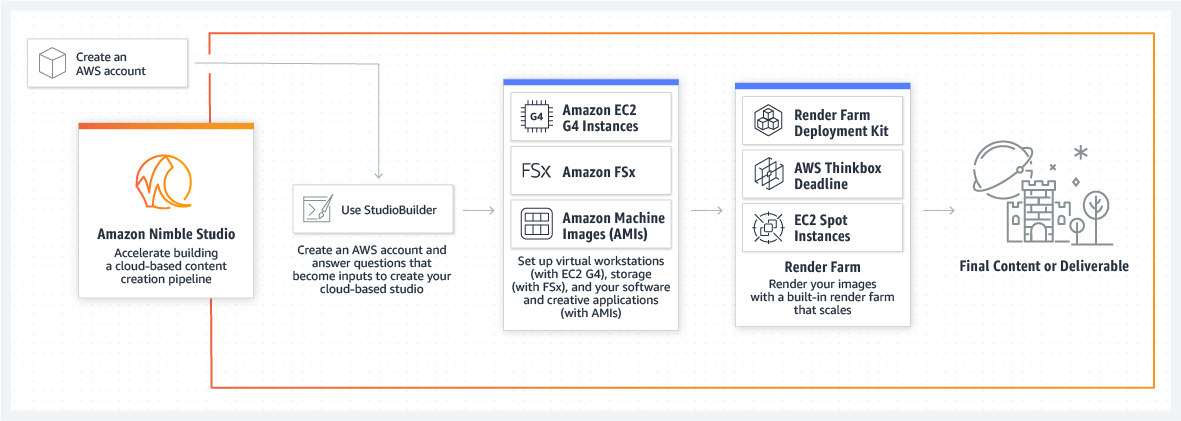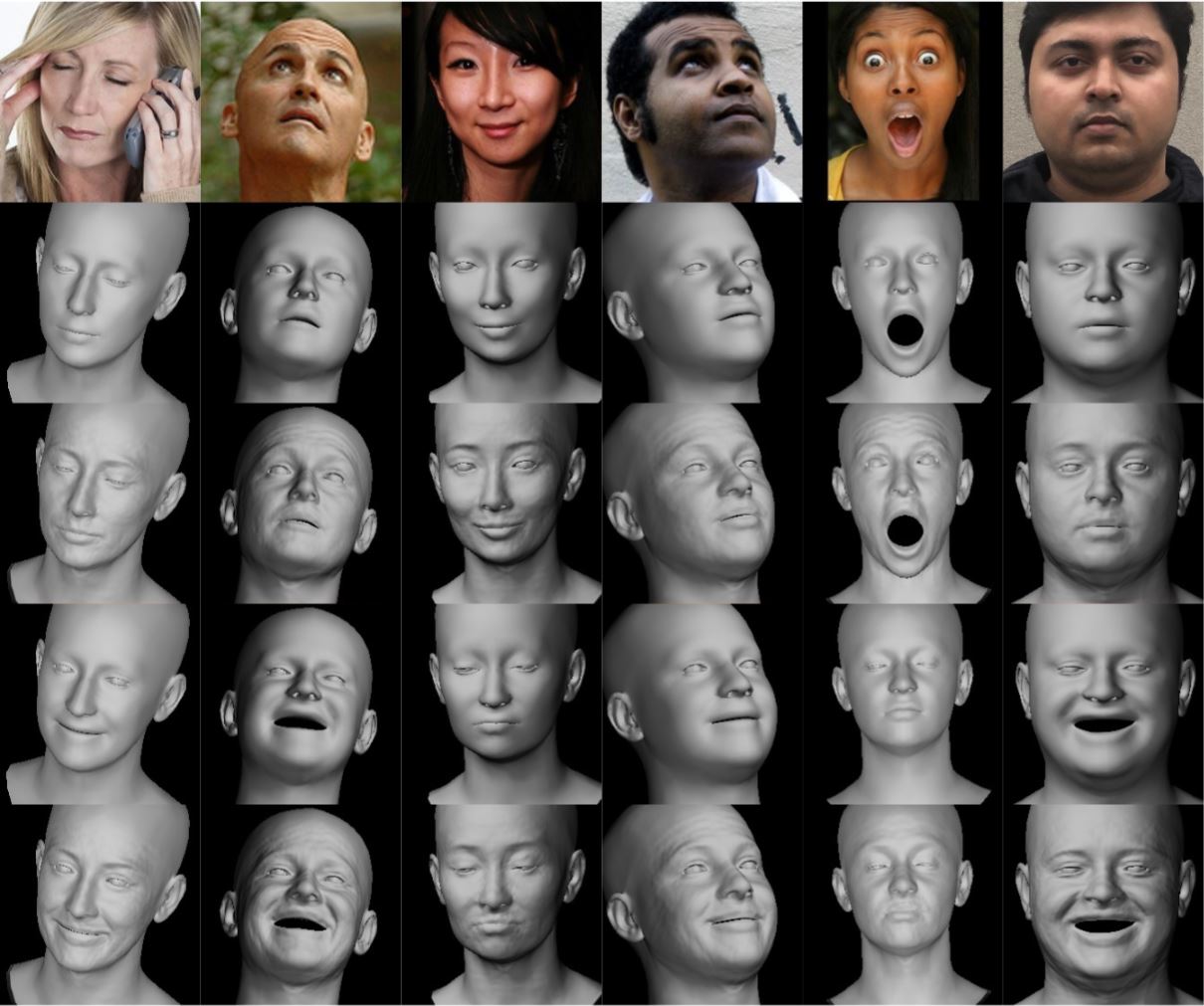BREAKING NEWS
LATEST POSTS
-
Amazon Nimble Studio – cloud based virtual production studios
Using Amazon Nimble Studio, customers can create a new content production studio in just a few hours. Artists then have immediate access to high-performance workstations powered by Amazon Elastic Compute Cloud (EC2) G4dn instances with NVIDIA GPUs, shared file storage from Amazon FSx, and low-latency streaming via the AWS global network. Content production studios can onboard remote teams from around the world and provide them access to just the right amount of high-performance infrastructure for only as long as needed – all without having to procure, set up, and manage local workstations, file systems, and low-latency networking.
https://aws.amazon.com/nimble-studio

-
Official Pytorch implementation of Detailed Expression Capture and Animation
-
FEATURED POSTS
-
Shooting and editing macro stereo
The average interocular of humans is considered to be about 65mm (2.5 inches.) When this same distance is used as the interaxial distance between two shooting cameras then the resulting stereoscopic effect is typically known as “Ortho-stereo.” Many stereographers choose 2.5” as a stereo-base for this reason.
If the interaxial distance used to shoot is smaller than 2.5 inches then you are shooting “Hypo-stereo.” This technique is common for theatrically released films to accommodate the effects of the big screen. It is also used for macro stereoscopic photography.
Hyper-stereo refers to interaxial distances greater than 2.5 inches. As I mentioned earlier the greater the interaxial separation, the greater the depth effect. An elephant can perceive much more depth than a human, and a human can perceive more depth than a mouse.
However, using this same analogy, the mouse can get close and peer inside the petals of a flower with very good depth perception, and the human will just go “cross-eyed.” Therefore decreasing the interaxial separation between two cameras to 1” or less will allow you to shoot amazing macro stereo-photos and separating the cameras to several feet apart will allow great depth on mountain ranges, city skylines and other vistas.
The trouble with using hyper-stereo is that scenes with gigantic objects in real-life may appear as small models. This phenomenon is known as dwarfism and we perceive it this way because the exaggerated separation between the taking lenses allows us to see around big objects much more that we do in the real world. Our brain interprets this as meaning the object must be small.
The opposite happens with hypo-stereo, where normal sized objects appear gigantic. (Gigantism.)
http://dashwood3d.com/blog/beginners-guide-to-shooting-stereoscopic-3d/index.html
http://3d-con.com/2014/files/NSA2014-MACRO1.pdf
http://nzphoto.tripod.com/stereo/macrostereo/macro3dwindows.htm
-
Mariko Mori – Kamitate Stone at Sean Kelly Gallery
Mariko Mori, the internationally celebrated artist who blends technology, spirituality, and nature, debuts Kamitate Stone I this October at Sean Kelly Gallery in New York. The work continues her exploration of luminous form, energy, and transcendence.





























